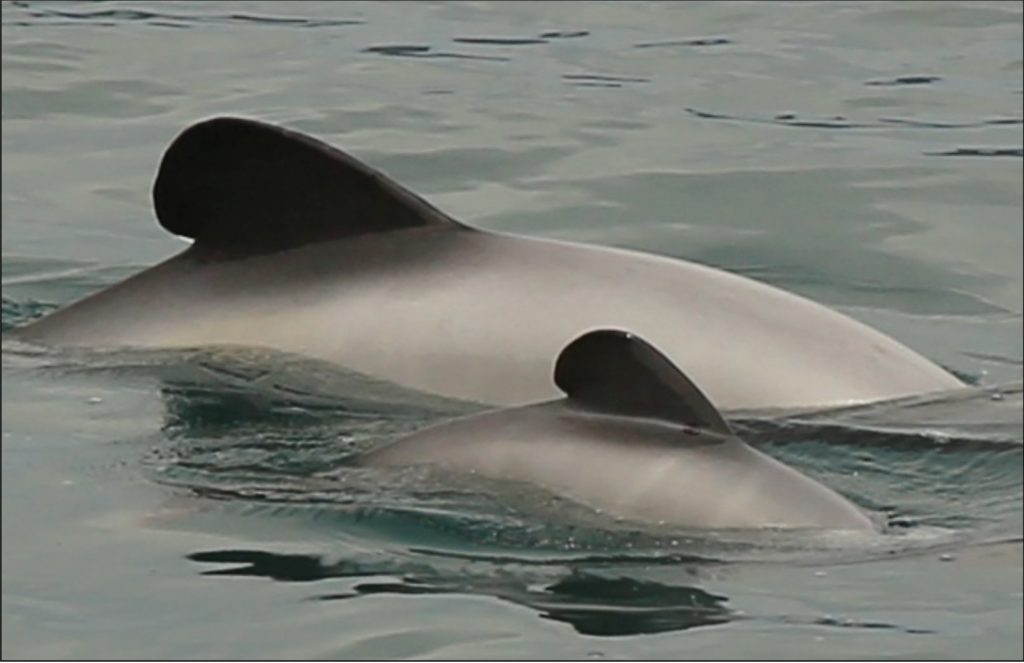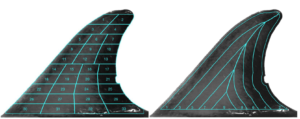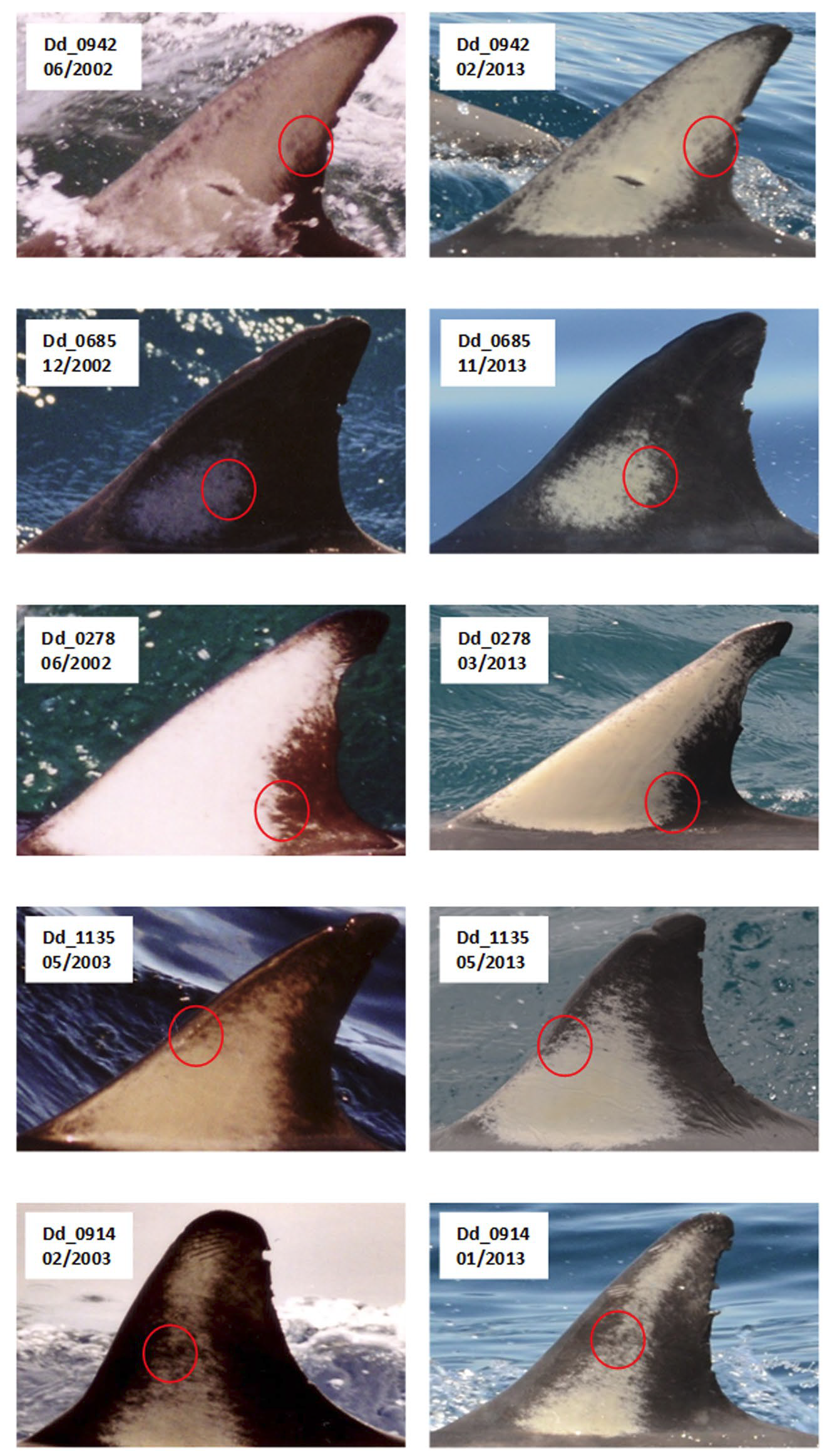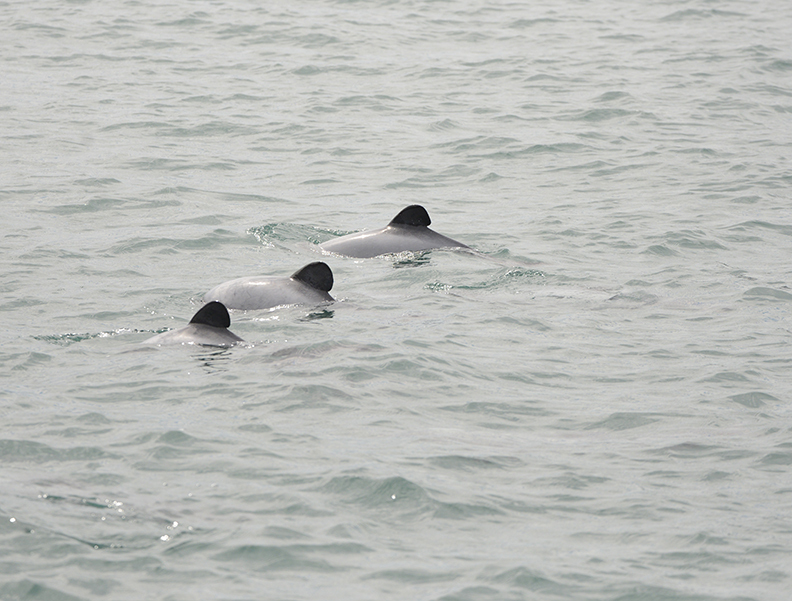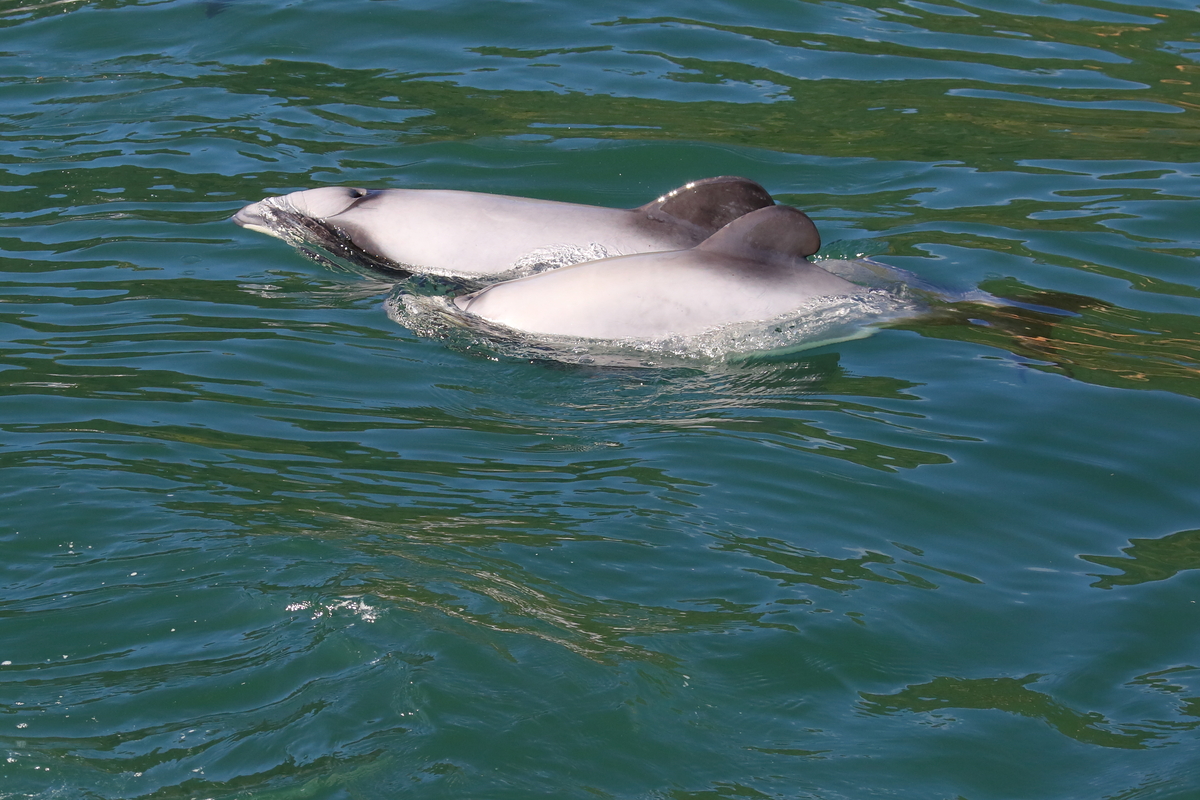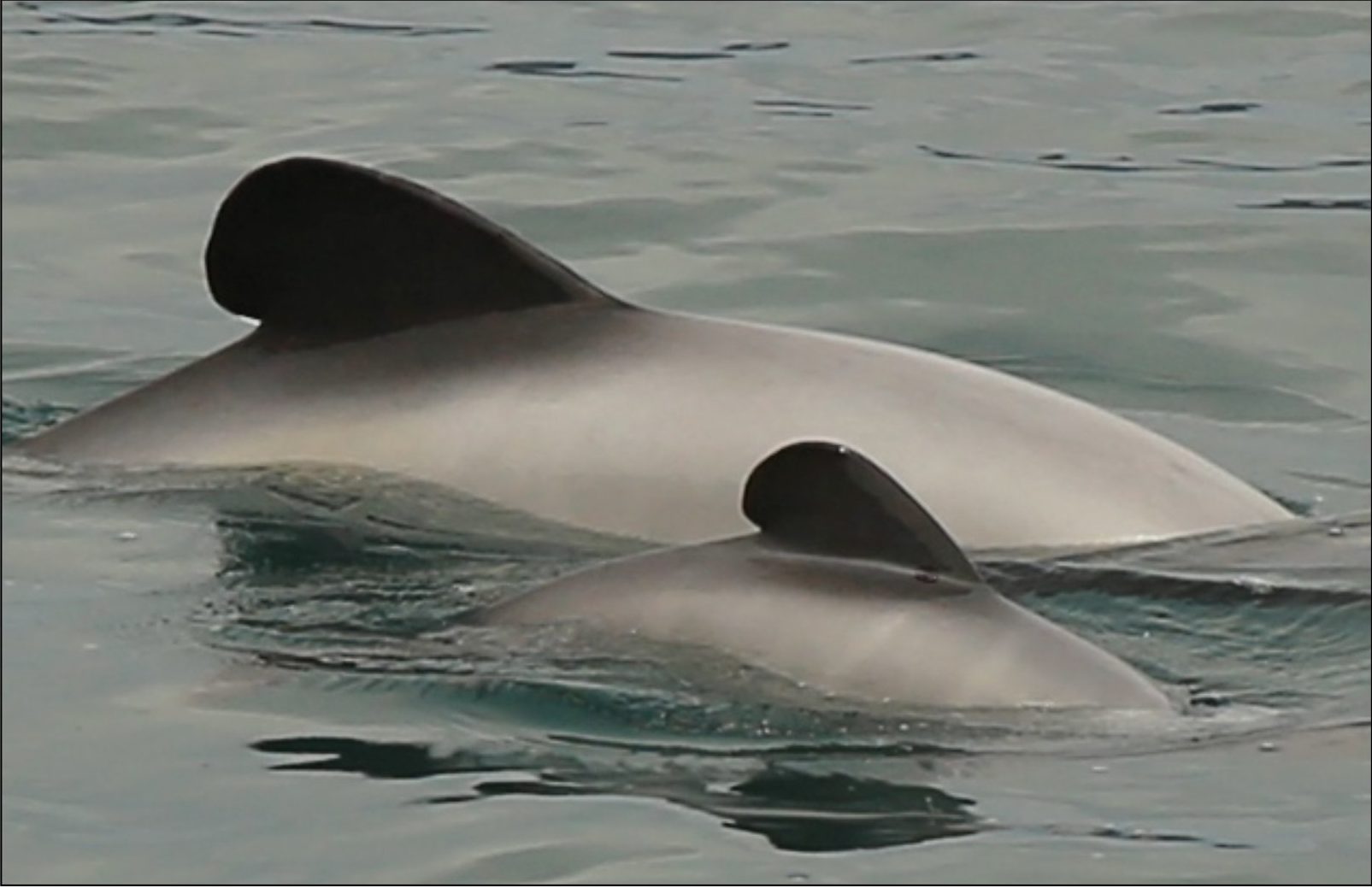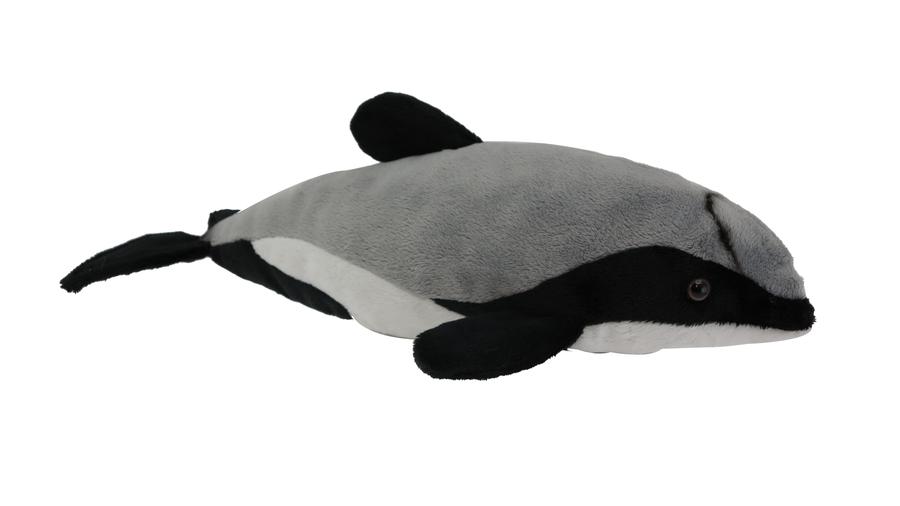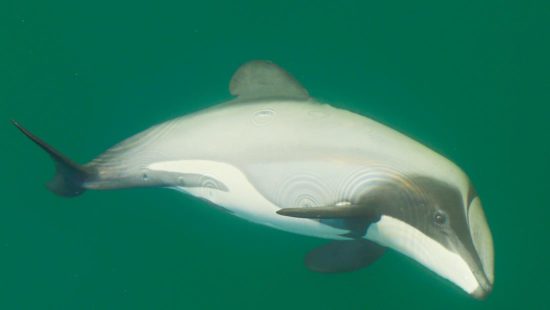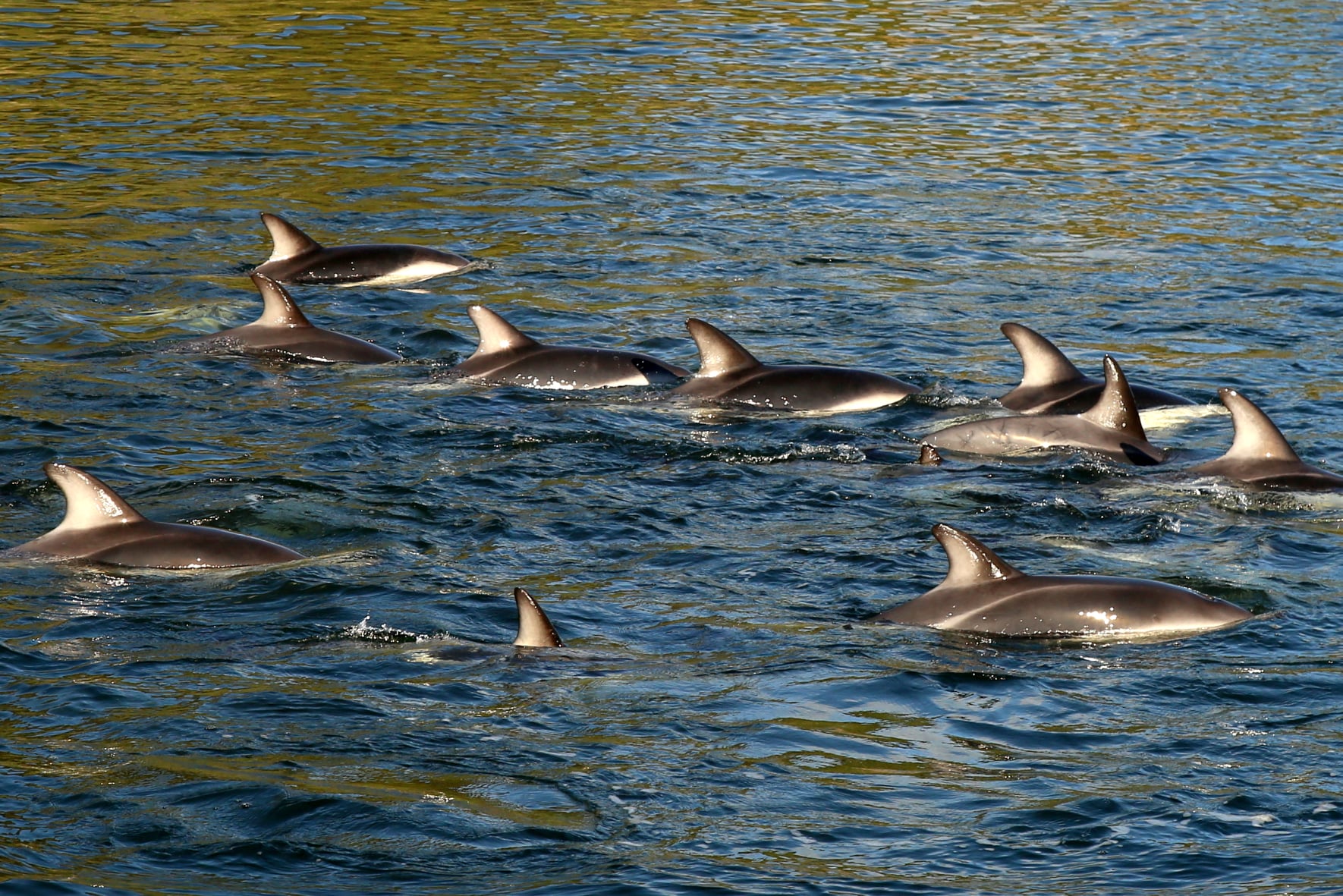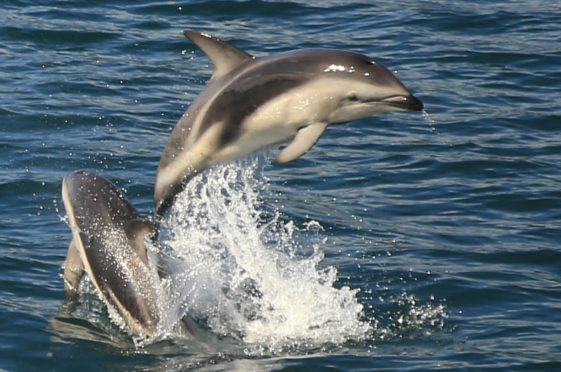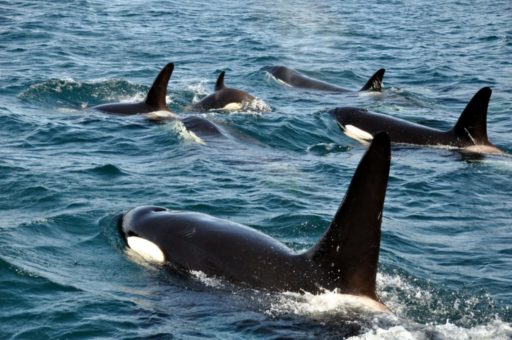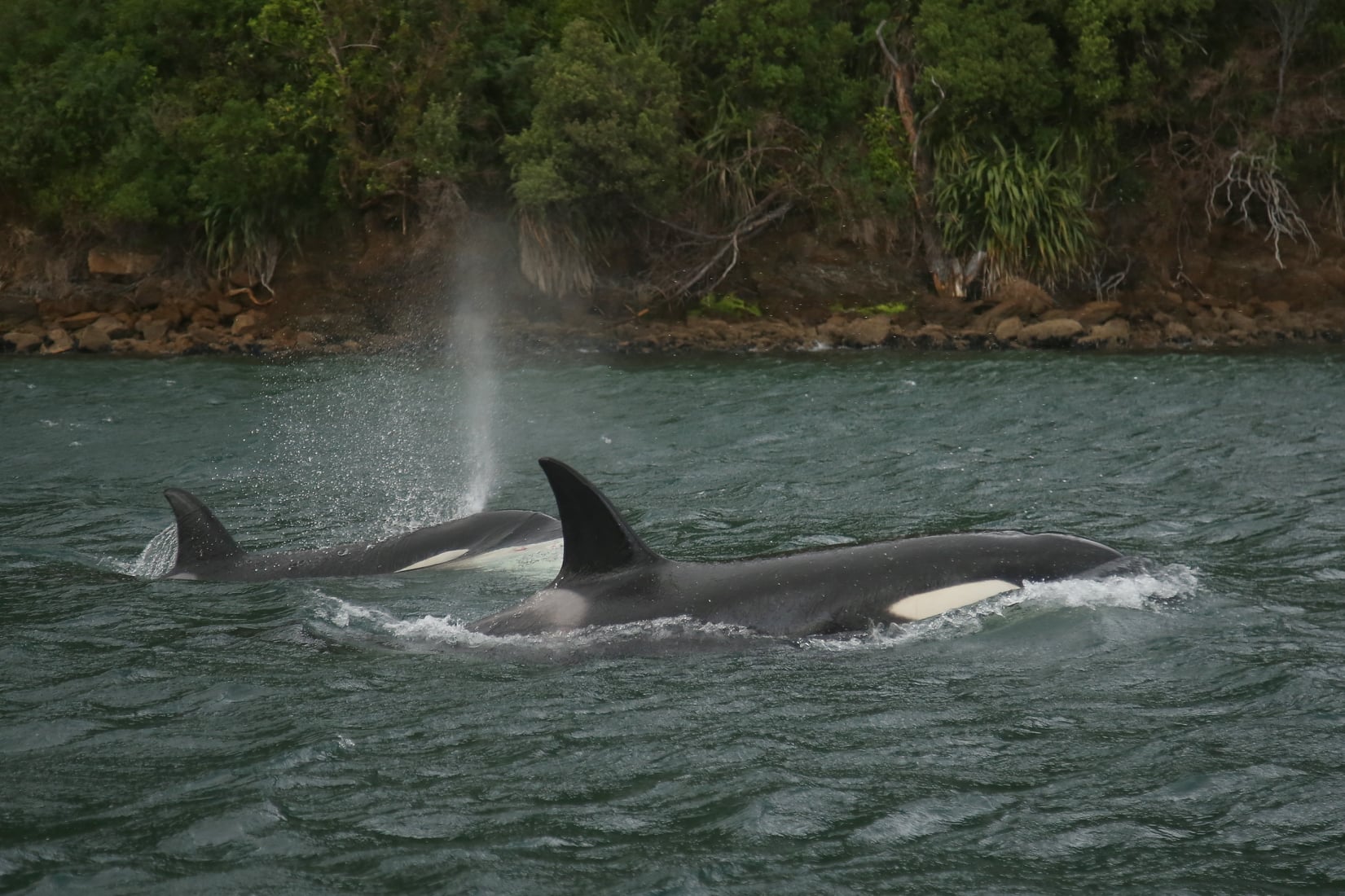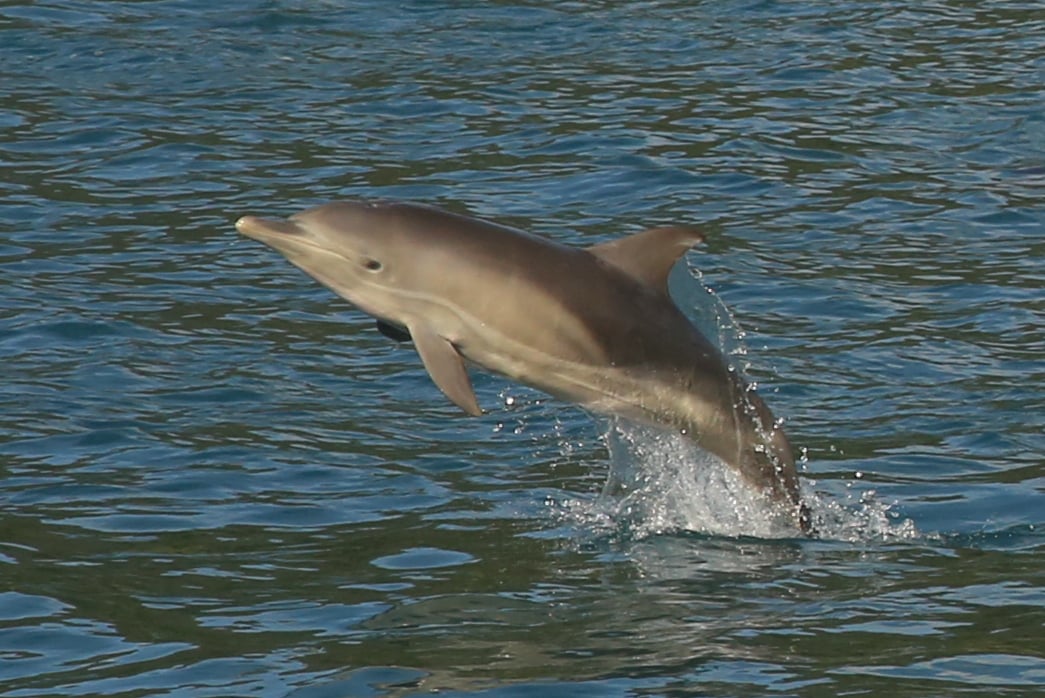Identifying dolphins using photos of the unique pigment patterns on their fins can be used to help in the management of a species.
Cetacean biologist Dr Krista Hupman from NIWA is a lead author of two 2018 scientific papers outlining an accurate method of counting dolphins by using photo identification. “We have photographed individual dolphin’s dorsal fins and established a catalogue of dolphins that can be differentiated by differences in their dorsal fin edge markings and pigmentation patterns,” Dr Hupman says.
Scientists use catalogues of animals to determine how many animals occupy a region and such information can be used to determine if the population is in decline.
However, some dolphins can be hard to count as they occur in large populations, over vast areas and may lack distinctive markings for identification. It is for these reasons that many scientists shy away from using photo-identification to conduct population estimates, and instead use aerial or shipboard surveys.
“It’s really hard to know how many dolphins there are of some species, because they travel over large distances and don’t have any distinctive markings. We’ve developed a reliable photo-identification method that challenges how dolphins are counted that could have significant impact on the management of these animals.”

